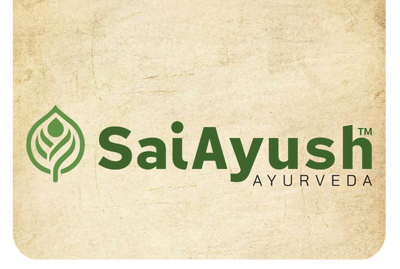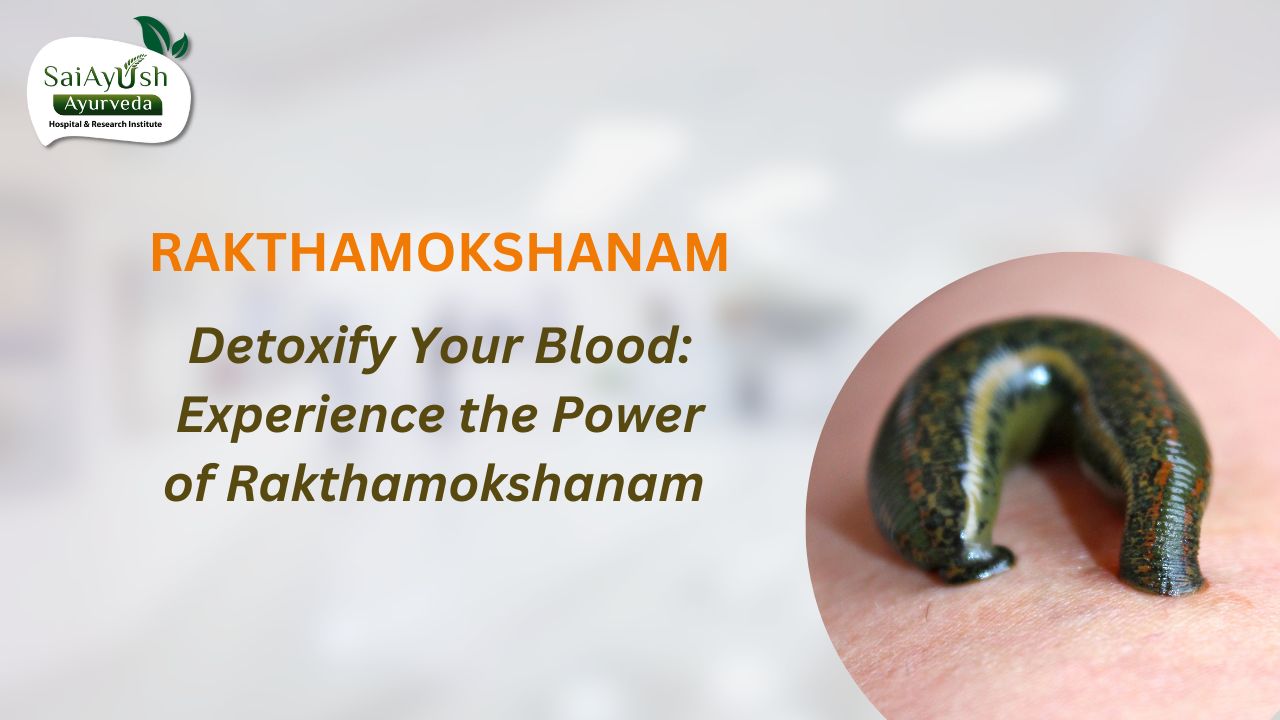What is Raktamokshana?
Raktamokshana, an ancient Ayurvedic practice, involves bloodletting to remove toxins from the blood, balancing the doshas (Vata, Pitta, and Kapha). This therapy is highly effective in treating various blood-related disorders and improving overall health.
Why Choose Ayurveda for Raktamokshana?
Ayurveda offers a holistic approach to health, focusing on the root cause of ailments. Raktamokshana, a vital part of Panchakarma therapy, ensures purification and detoxification, leading to long-lasting relief and improved vitality.
Statistics: Hyderabad, India, and Globally
- Hyderabad, India: Approximately 30% of patients opting for Ayurveda seek Raktamokshana for conditions like skin diseases, hypertension, and arthritis.
- Globally: Ayurveda’s popularity is growing, with over 20% of patients in the USA and Europe exploring Ayurvedic treatments, including Raktamokshana, for chronic conditions.
Frequently Affected Individuals : Raktamokshana is beneficial for individuals suffering from:
- Skin disorders (eczema, psoriasis)
- Hypertension
- Arthritis
- Chronic migraines
- Varicose veins
Causes and Aetiology
The imbalance of doshas leads to various ailments:
- Pitta Imbalance: Blood-related disorders, skin issues
- Vata Imbalance: Circulatory problems, joint pains
- Kapha Imbalance: Congestion, sluggish circulation
Signs and Symptoms
Common symptoms indicating the need for Raktamokshana:
- Chronic skin conditions
- Persistent joint pain and inflammation
- Severe migraines
- High blood pressure
- Varicose veins
Types of Raktamokshana
Siravyadha: Venous Bloodletting
Explanation: Siravyadha is a traditional Ayurvedic technique involving venous bloodletting. This procedure aims to remove excess Pitta dosha and accumulated toxins from the blood, promoting balance and health.
Procedure:
- Preparation: The patient undergoes an initial consultation to determine the imbalance of doshas. Dietary and lifestyle adjustments may be recommended before the procedure.
- Execution: A small incision is made in a vein using a sterile lancet or needle. The amount of blood drawn depends on the patient’s condition and dosha imbalance.
- Post-care: After the procedure, the incision site is cleaned and bandaged. The patient is advised to rest and follow specific dietary guidelines to aid recovery and maintain dosha balance.
Benefits:
- Reduces symptoms of skin disorders like eczema and psoriasis.
- Helps in managing hypertension by reducing blood volume.
- Alleviates joint pain and inflammation in arthritis patients.
Jalaukavacharana: Leech Therapy
Explanation: Jalaukavacharana, or leech therapy, involves using medicinal leeches to draw out impure blood. Leeches secrete enzymes that help in blood purification and healing, making this therapy effective for various conditions.
Procedure:
- Preparation: The affected area is cleaned, and the patient is prepped for the application of leeches.
- Execution: Medicinal leeches are placed on the affected area. They attach and draw out blood, secreting therapeutic enzymes that help reduce inflammation and promote healing.
- Post-care: After the leeches detach naturally, the area is cleaned and dressed. Patients may be given herbal supplements to enhance healing.
Benefits:
- Effective in treating varicose veins and chronic skin diseases.
- Provides relief from chronic migraines by reducing blood stagnation.
- Improves circulation and detoxification.
Alabu: Cupping Therapy
Explanation: Alabu, or cupping therapy, involves placing cups on the skin to create suction. This technique helps in drawing out toxins, improving blood flow, and balancing doshas.
Procedure:
- Preparation: The skin is cleaned and a small amount of oil may be applied.
- Execution: Cups are placed on the skin and suction is created either by heat (fire cupping) or mechanical devices (suction cupping). The cups remain in place for a few minutes.
- Post-care: After removing the cups, the area is cleaned. Patients may experience mild bruising, which typically resolves in a few days.
Benefits:
- Reduces muscle tension and promotes relaxation.
- Enhances blood circulation and lymphatic drainage.
- Effective for treating respiratory issues and musculoskeletal pain.
Shringa: Horn Application
Explanation: Shringa therapy involves the use of animal horns to create suction and draw out blood. This ancient technique is similar to modern cupping but uses natural materials.
Procedure:
- Preparation: The affected area is cleaned and prepared for the procedure.
- Execution: Horns are applied to the skin, and suction is created either through manual techniques or by heating the horns. The horns are left in place for several minutes to allow bloodletting.
- Post-care: The treated area is cleaned after the horns are removed. Patients are advised to rest and follow specific dietary recommendations.
Benefits:
- Helps in detoxifying the blood and removing impurities.
- Reduces symptoms of respiratory and digestive disorders.
- Alleviates muscle pain and enhances overall vitality.
Conclusion
Raktamokshana, through its various techniques, offers a natural and effective way to purify the blood and balance the doshas. Each method, whether it’s Siravyadha, Jalaukavacharana, Alabu, or Shringa, provides unique benefits tailored to individual health needs. At Sai Ayush Ayurveda Hospitals, our expert practitioners ensure that these therapies are administered safely and effectively, promoting holistic health and well-being.
FAQs
Q:What is Raktamokshana?
Raktamokshana is an Ayurvedic bloodletting therapy used to remove toxins and balance the body’s doshas, treating various blood-related disorders.
Q:How is Raktamokshana performed?
Raktamokshana is performed using techniques like venous bloodletting, leech therapy, cupping, and horn application, depending on the patient’s condition.
Q:What conditions can Raktamokshana treat?
Raktamokshana is effective for skin disorders, hypertension, arthritis, chronic migraines, and varicose veins.
Q: Why choose Ayurveda for Raktamokshana?
Ayurveda treats the root cause of ailments, ensuring long-lasting relief and overall well-being through natural and holistic methods.
Q:Are there any side effects of Raktamokshana?
When performed by experienced practitioners, Raktamokshana is safe and free from significant side effects. Proper post-care ensures optimal recovery and results.
Discover the healing power of Ayurveda with our latest article at Sai Ayush Ayurveda Hospitals! Dive into the age-old wisdom that can rejuvenate your body and mind. Click here to read more:



